Health Advisory Guidelines for Per- and polyfluoroalkyl Substances Detected in Public Water Systems
The Massachusetts Department of Environmental Protection (MassDEP) announced in early June, and through the Office of Research and Standards (ORS), its recommendations on the Unregulated Contaminant Monitoring Rule 3 (UCMR 3) for emerging contaminants-specifically Perflourinated Alkyl Substances (PFAS).
PFAS or Per- and polyfluoroalkyl substances are a group of man-made compounds that include perfluorooctane sulfonate (PFOS), perfluorooctanoic acid (PFOA), perffluorohexane sulfonate (PFHxS), perfluorononanoic acid (PFNA), perflouroheptanoic acid (PFHpA), and perfluorobutane sulfonate (PFBS).
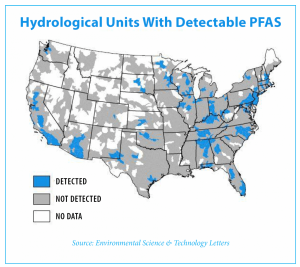 According the Environmental Protection Agency (EPA), all these UCMR 3 PFAS compounds have been detected in public water supplies across the US. Since PFAS are considered emerging contaminants, there are currently no established regulatory limits for levels in drinking water. However, in 2016, the EPA set Health Advisory levels (HA) of 0.07 micrograms per liter (µg/L) or 70 parts per trillion (ppt) for the combined concentrations of two PFAS compounds, PFOS and PFOA.
According the Environmental Protection Agency (EPA), all these UCMR 3 PFAS compounds have been detected in public water supplies across the US. Since PFAS are considered emerging contaminants, there are currently no established regulatory limits for levels in drinking water. However, in 2016, the EPA set Health Advisory levels (HA) of 0.07 micrograms per liter (µg/L) or 70 parts per trillion (ppt) for the combined concentrations of two PFAS compounds, PFOS and PFOA.
MassDEP’s ORS established drinking water guidelines that follows the EPA’s recommendations for health advisory levels at 70 ppt, which applies to the sum total of five PFAS chemicals – PFOS, PFOA, PFNA, PFHXS, and PFHpA. And, if the level of contamination poses unacceptable health risks to its customers, Public Water Systems (PWS) must take action to achieve safe levels. They also must provide public notice.
The EPA and MassDEP’s recommended guidelines for PFAS include:
- Public Water Suppliers take immediate action to reduce levels of the five PFAS to be below 70 ppt for all consumers.
- Susceptible health-risk groups (pregnant women, infants, and nursing mothers) should stop consuming water when the level is above 70 ppt.
- Public Water Systems must provide a public Health Advisory notice.
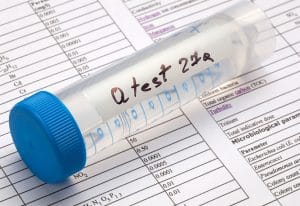 The EPA also recommends that treatment be implemented for all five PFAS when one or more of these compounds are present.
The EPA also recommends that treatment be implemented for all five PFAS when one or more of these compounds are present.
Although, PFAS are no longer manufactured in the United States, PFAS are still produced internationally and can be imported in to the country1. PFAS have been in use since the 1940’s and are persistent chemicals that don’t breakdown, accumulate over time in the environment and in the human body. Evidence shows that prolonged exposure PFAS can have adverse effects on human health and the ecology.
PFAS can be found in:
- Agricultural products grown in PFAS-contaminated soil or water, and/or handled with PFAS-containing equipment and materials.
- Drinking water contaminated from chemical groundwater pollution from stormwater runoff near landfills, wastewater treatment plants, and firefighter training facilities2.
- Household products, including nonstick products (e.g., Teflon), polishes, waxes, paints, cleaning products, and stain and water-repellent fabrics.
- Firefighting foams2, which is a major source of groundwater contamination at airports and military bases where firefighting training occurs.
- Industrial facilities that manufactured chrome plating, electronics, and oil recovery that use PFAS.
- Environmental contamination where PFAS have built-up and persisted over time – including in fish, animals and humans.
While most states are relying on the EPA’s Health Advisory levels (including Massachusetts), some, such as Connecticut, Minnesota, New Jersey, Arizona, and Colorado have addressed other UCMR 3 PFAS pollutants as well.
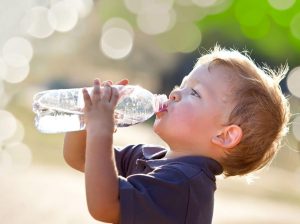 Most research on the effects of PFAS on human health is based on animal studies. And, although there is no conclusive evidence that PFAS cause cancer, animal studies have shown there are possible links. However, PFAS ill-health effects are associated with changes in thyroid, kidney and liver function, as well as affects to the immune system. These chemicals have also caused fetal development effects during pregnancy and low birth weights.
Most research on the effects of PFAS on human health is based on animal studies. And, although there is no conclusive evidence that PFAS cause cancer, animal studies have shown there are possible links. However, PFAS ill-health effects are associated with changes in thyroid, kidney and liver function, as well as affects to the immune system. These chemicals have also caused fetal development effects during pregnancy and low birth weights.
PFAS are found at low levels throughout our environment—in foods we consume and in household products we use daily. PFAS in drinking water at levels higher than the EPA’s recommendations does not necessarily mean health risks are likely. Routine showering and bathing are not considered significant sources of exposure. And, while it is nearly impossible to eliminate all exposure to these chemicals, the risk for adverse health effects would likely be of concern if an individual continuously consumed higher levels of PFAS than the guidelines established by the EPA’s Health Advisory.
MassDEP is continuing its research and testing for PFAS in Public Water Systems. Large Public Drinking Water Systems have already been tested and sampling indicated that approximately 3% had levels of PFAS detected. MassDEP is currently working with smaller Public Water Systems to identify areas where PFAS may have been used or discharged to the environment.
As more information and regulations develop on this emerging contaminant, MassDEP will continue to communicate their findings. Tata & Howard is also available for any questions that may arise, as well as, assist with testing and recommend treatment options for our clients.
1 In 2006, the EPA and the PFA industry formed the PFOA Stewardship program to end the production of PFAs.
2 MassDEP in partnership with the Massachusetts Department of Fire Services (MassDFS), announced in May a take-back program to remove hazardous pre-2003 firefighting foam stockpiles and be neutralized. Manufacturers stopped making PFAS foam in 2002 and have since developed fluorine-free and more fluorine stable foams that are safer to the environment.

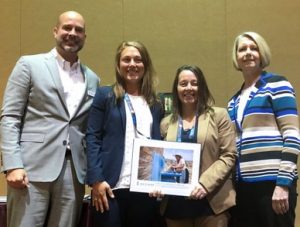
 Don not only supported the Water For People organization individually, he also shared his passionate support with the employees of the firm he co-founded, Tata & Howard, Inc. Employees continue to support WFP through a payroll deduction program, which Don initiated. At the end of each year, the company matches the employee’s donations.
Don not only supported the Water For People organization individually, he also shared his passionate support with the employees of the firm he co-founded, Tata & Howard, Inc. Employees continue to support WFP through a payroll deduction program, which Don initiated. At the end of each year, the company matches the employee’s donations.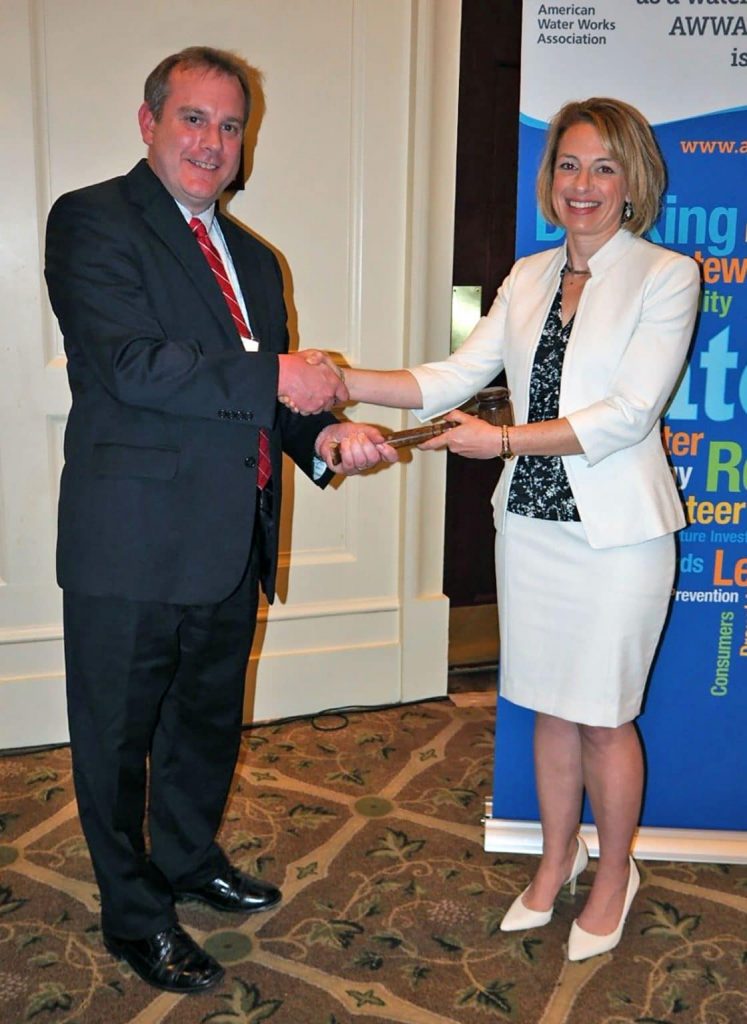
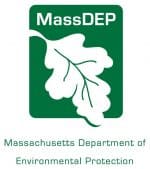

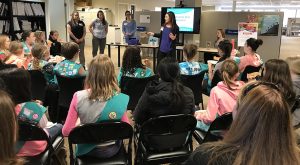 Twenty-five years ago, when Tata & Howard was a newly established company, graduating classes from engineering schools may have been 1-2 percent women. As recently as 2016, about 20 percent of graduating engineers were female, and today, Tata & Howard stands out in the Water and Wastewater industry out as a 100% employee-owned company, led by two women co-president engineers, and 38 percent of its workforce being female engineers.
Twenty-five years ago, when Tata & Howard was a newly established company, graduating classes from engineering schools may have been 1-2 percent women. As recently as 2016, about 20 percent of graduating engineers were female, and today, Tata & Howard stands out in the Water and Wastewater industry out as a 100% employee-owned company, led by two women co-president engineers, and 38 percent of its workforce being female engineers.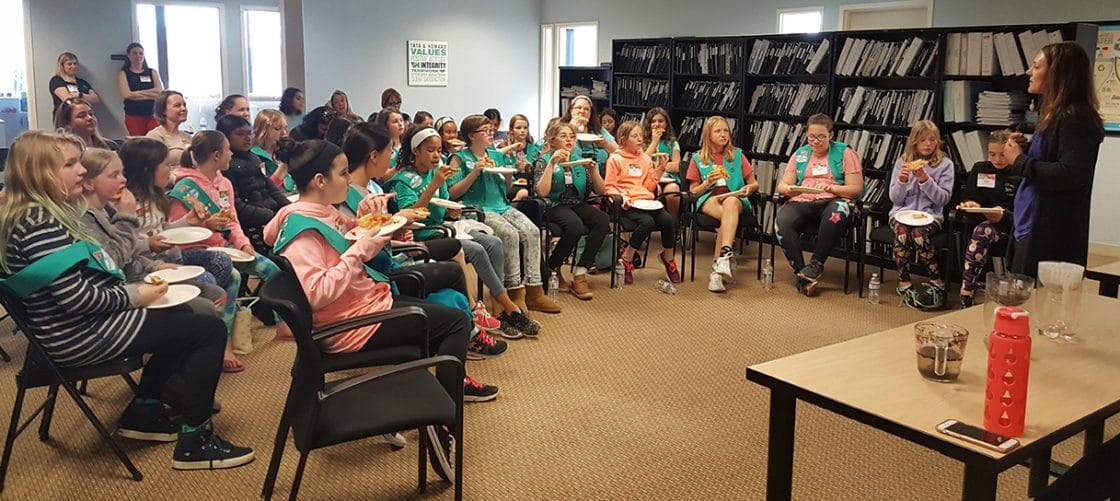
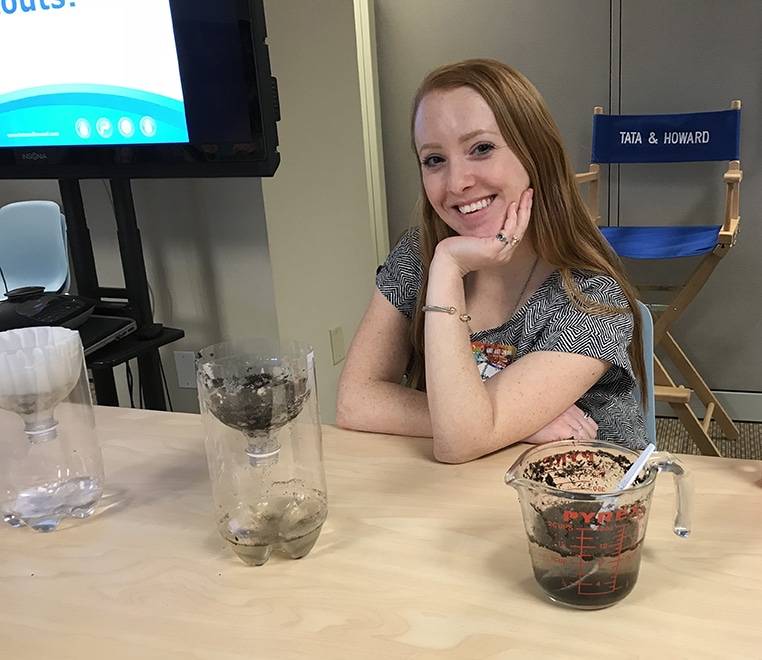
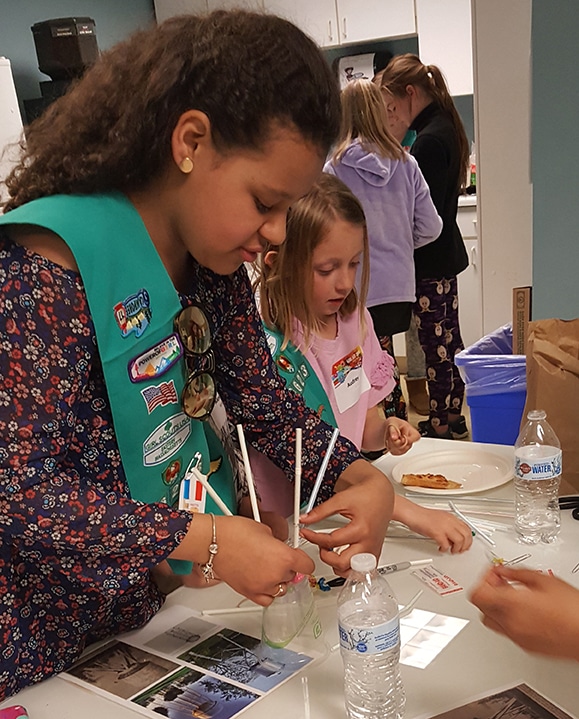
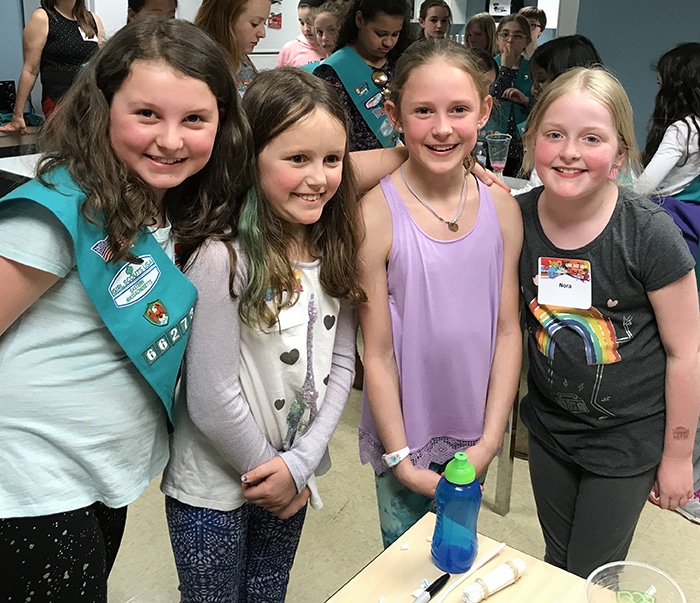

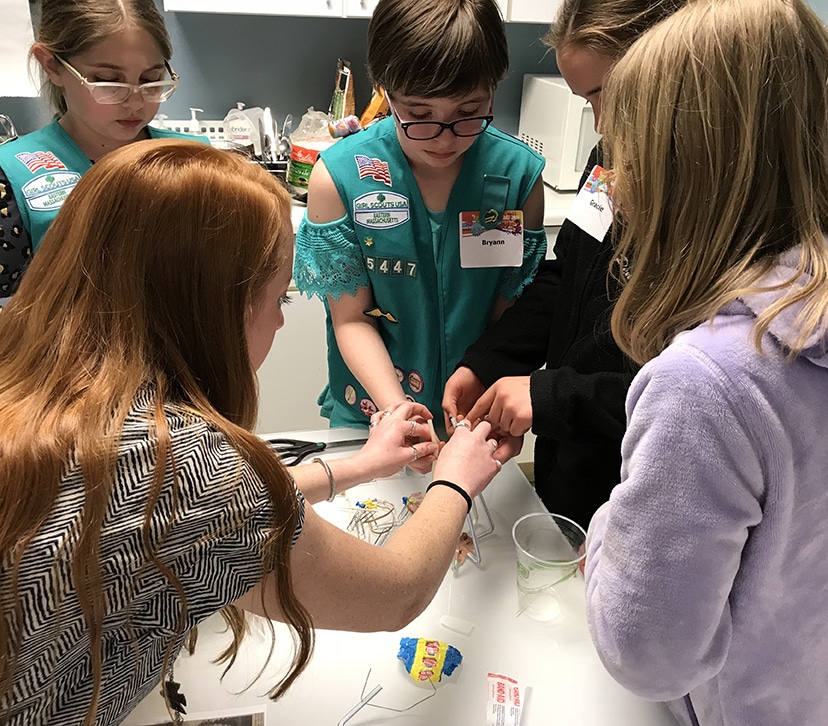
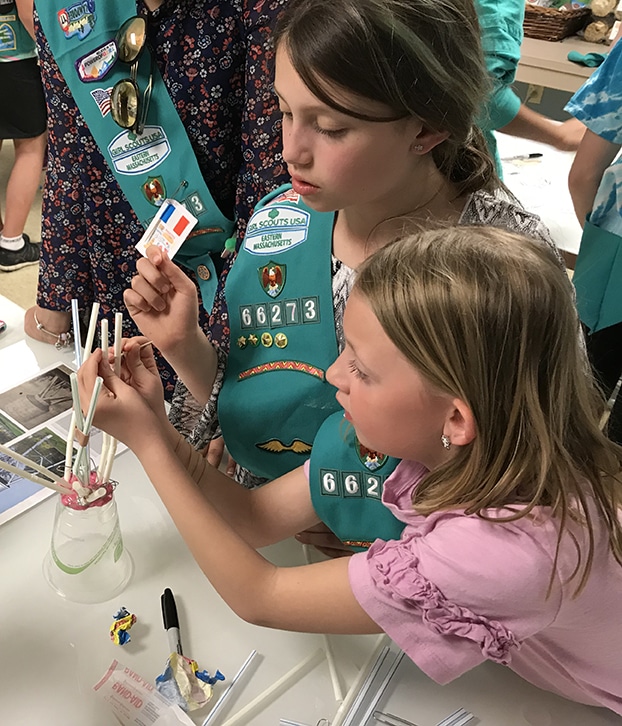
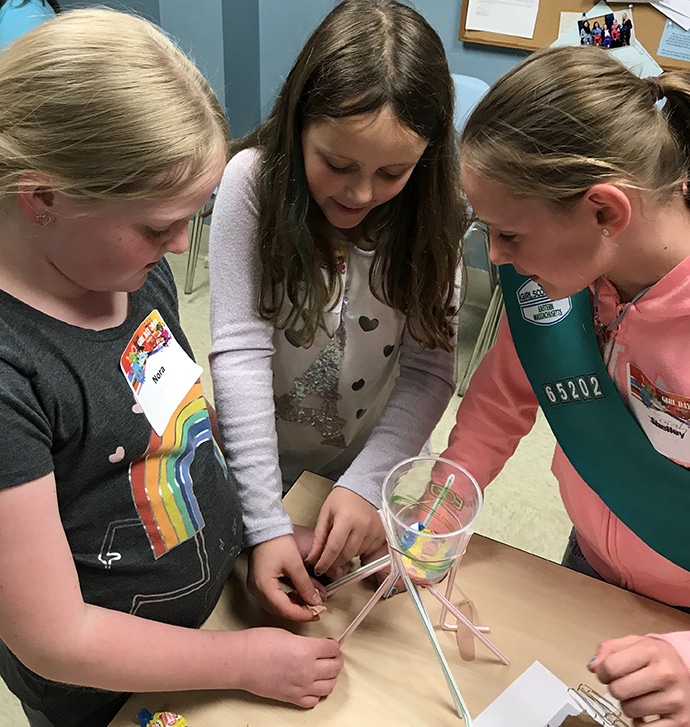


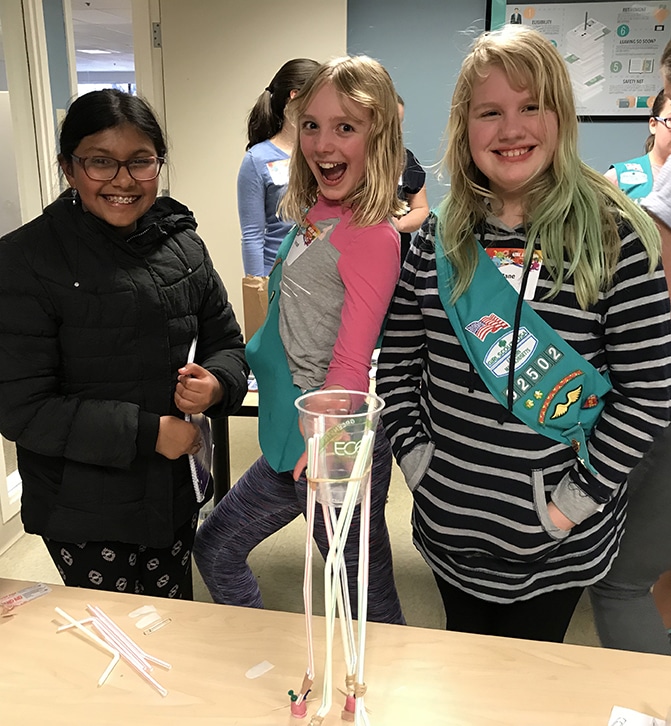
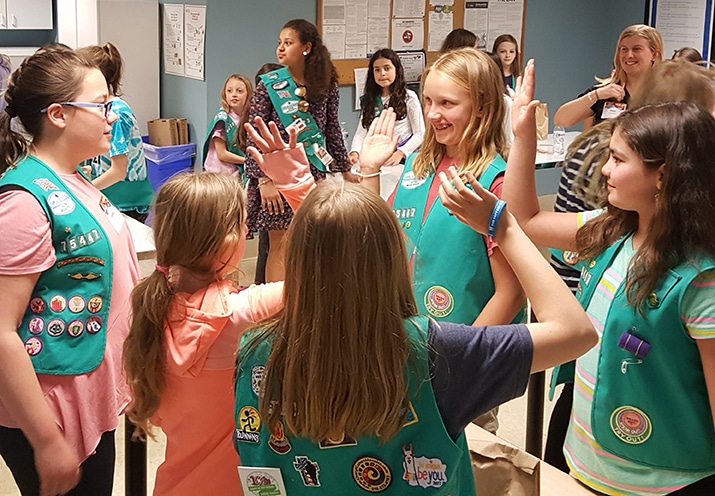
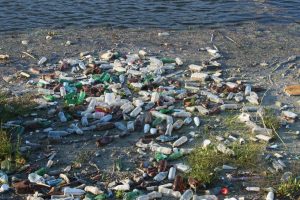 Some of it can be recycled. Quite a bit ends up in the trash and landfills. And more than you can imagine ends up loose as plastic pollution, eventually making its way into our waterways. There are millions of tons of debris floating around in the water—and most of it is plastic. It is estimated that up to 80% of marine trash and plastic actually originates on land—either swept in from the coastline or carried to rivers from the streets during heavy rain via storm drains and sewer overflows.
Some of it can be recycled. Quite a bit ends up in the trash and landfills. And more than you can imagine ends up loose as plastic pollution, eventually making its way into our waterways. There are millions of tons of debris floating around in the water—and most of it is plastic. It is estimated that up to 80% of marine trash and plastic actually originates on land—either swept in from the coastline or carried to rivers from the streets during heavy rain via storm drains and sewer overflows.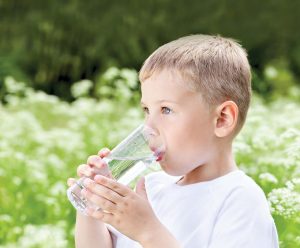 Drink from reusable containers and fill with tap water. Consider that close to 50 billion plastic bottles are tossed in the trash each year and only 23% are recycled!1 If that isn’t’ enough to convince you to stop buying ‘disposable’ water bottles, a recent study by
Drink from reusable containers and fill with tap water. Consider that close to 50 billion plastic bottles are tossed in the trash each year and only 23% are recycled!1 If that isn’t’ enough to convince you to stop buying ‘disposable’ water bottles, a recent study by 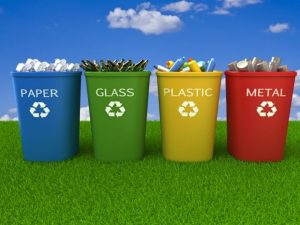
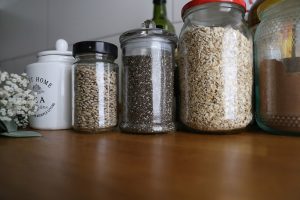
 Not only healthier for you, cooking at home helps reduce the endless surplus of plastic packaging – take out containers, food wrappers, bottles, and eating utensils. Choose fresh fruits and veggies and bulk items with less packaging…and pack your leftovers or lunch in reusable containers and bags.
Not only healthier for you, cooking at home helps reduce the endless surplus of plastic packaging – take out containers, food wrappers, bottles, and eating utensils. Choose fresh fruits and veggies and bulk items with less packaging…and pack your leftovers or lunch in reusable containers and bags. MA (ACEC/MA) for the Long Pond Water Filtration Facility in Falmouth, MA. The award was presented at ACEC/MA ceremony and gala held on March 14, 2018 at the Royal Sonesta in Cambridge, Massachusetts.
MA (ACEC/MA) for the Long Pond Water Filtration Facility in Falmouth, MA. The award was presented at ACEC/MA ceremony and gala held on March 14, 2018 at the Royal Sonesta in Cambridge, Massachusetts.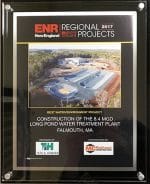 Engineering-News Record (ENR) New England announced in December 2017, their Regional Best Projects Winners. Methuen Construction, the contractor for the construction of this facility, was awarded two Best Projects awards: Water / Environment – Best Project and Excellence in Safety – Best Project (highest honors). Projects were evaluated on the ability of the project team to overcome challenges, contribution to the industry and community, safety and construction, and design quality.
Engineering-News Record (ENR) New England announced in December 2017, their Regional Best Projects Winners. Methuen Construction, the contractor for the construction of this facility, was awarded two Best Projects awards: Water / Environment – Best Project and Excellence in Safety – Best Project (highest honors). Projects were evaluated on the ability of the project team to overcome challenges, contribution to the industry and community, safety and construction, and design quality.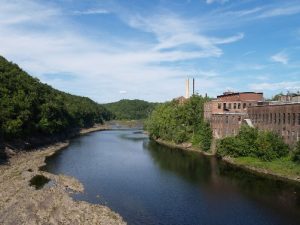 MARLBOROUGH, MA, January 15, 2018 –
MARLBOROUGH, MA, January 15, 2018 – 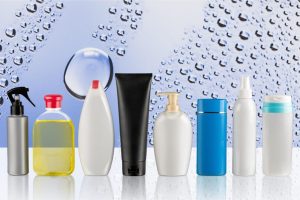 Modern-day, developed nations use an exorbitant amount of chemicals for a variety of reasons. Some of these chemicals are used to prevent and treat illness, to reduce pain from injury or surgery, to treat mental health issues, and for hygiene, grooming, and cosmetic reasons. Commonly referred to as Pharmaceutical and Personal Care Products, or PPCPs, these products include prescription and over-the-counter medications, cosmetics, fragrances, face and body washes, sunscreens, insect repellants, and lotions.
Modern-day, developed nations use an exorbitant amount of chemicals for a variety of reasons. Some of these chemicals are used to prevent and treat illness, to reduce pain from injury or surgery, to treat mental health issues, and for hygiene, grooming, and cosmetic reasons. Commonly referred to as Pharmaceutical and Personal Care Products, or PPCPs, these products include prescription and over-the-counter medications, cosmetics, fragrances, face and body washes, sunscreens, insect repellants, and lotions.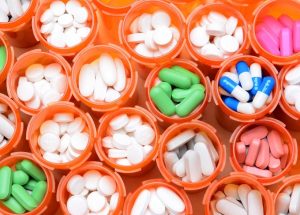 PPCPs and EDCs enter our waterways through sewage, leachate from landfills and septic systems, flushing of unused medications, and agricultural runoff, and they have the potential to cause a myriad of problems. While there has not yet been a truly significant amount of research completed on all of these products and chemicals, some facts are known. For example, excessive antibiotic use has led to the development of “superbugs,” or bacteria such as MRSA that are resistant to most antibiotics.
PPCPs and EDCs enter our waterways through sewage, leachate from landfills and septic systems, flushing of unused medications, and agricultural runoff, and they have the potential to cause a myriad of problems. While there has not yet been a truly significant amount of research completed on all of these products and chemicals, some facts are known. For example, excessive antibiotic use has led to the development of “superbugs,” or bacteria such as MRSA that are resistant to most antibiotics. 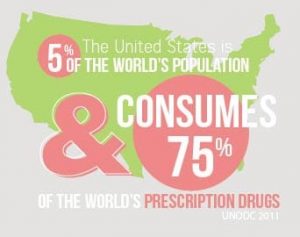 Some of the most common EDCs in drinking water include estrogen and progesterone from birth control pills, as well as anabolic steroids. These compounds interfere with the reproductive capabilities of aquatic wildlife. Examples include eggshell thinning and subsequent reproductive failure of waterfowl; reduced populations of Baltic seals due to lower fertility and increased miscarriage; development of male reproductive organs in female marine animals, such as snails; feminization and subsequent decreased populations of certain types of fish, including bass; and reduced or malformed frog populations.
Some of the most common EDCs in drinking water include estrogen and progesterone from birth control pills, as well as anabolic steroids. These compounds interfere with the reproductive capabilities of aquatic wildlife. Examples include eggshell thinning and subsequent reproductive failure of waterfowl; reduced populations of Baltic seals due to lower fertility and increased miscarriage; development of male reproductive organs in female marine animals, such as snails; feminization and subsequent decreased populations of certain types of fish, including bass; and reduced or malformed frog populations.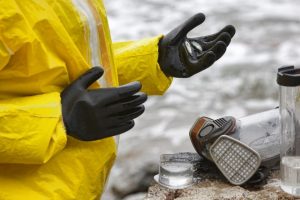 Currently, most PPCPs and EDCs are not regulated at either the state or federal level; however, they are being investigated by the Environmental Protection Agency (EPA) as Contaminants of Emerging Concern. Because PPCPs and EDCs appear to hinder reproduction in marine life, many state environmental organizations strongly support additional research and potential regulation on these compounds. In 2006, Massachusetts became the first state in the nation to set drinking water and cleanup standards for the known EDC perchlorate after it had been detected in the state’s drinking water, and many states have implemented public education campaigns on these compounds, their effects, and their proper disposal.
Currently, most PPCPs and EDCs are not regulated at either the state or federal level; however, they are being investigated by the Environmental Protection Agency (EPA) as Contaminants of Emerging Concern. Because PPCPs and EDCs appear to hinder reproduction in marine life, many state environmental organizations strongly support additional research and potential regulation on these compounds. In 2006, Massachusetts became the first state in the nation to set drinking water and cleanup standards for the known EDC perchlorate after it had been detected in the state’s drinking water, and many states have implemented public education campaigns on these compounds, their effects, and their proper disposal.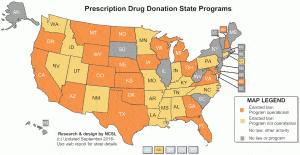 On an individual level, taking small, simple steps can have a large impact on the amount of PPCPs and EDCs in our water supply:
On an individual level, taking small, simple steps can have a large impact on the amount of PPCPs and EDCs in our water supply: